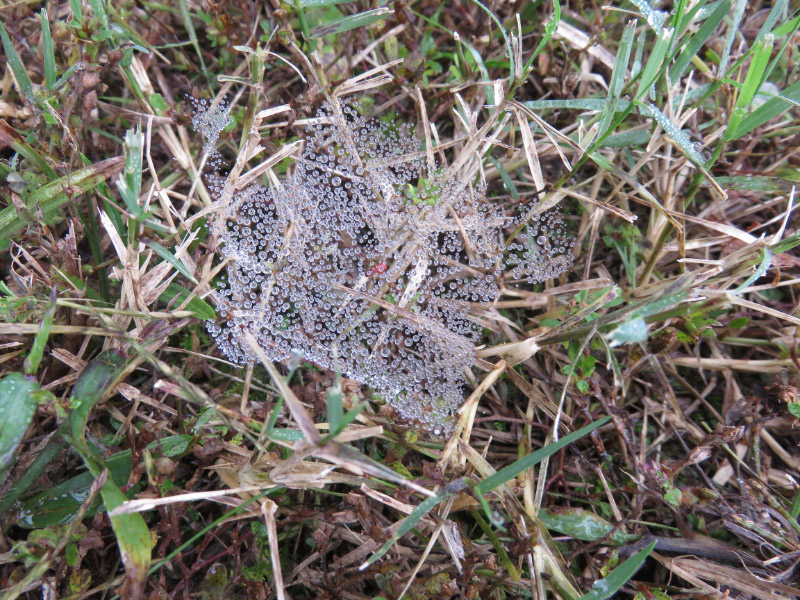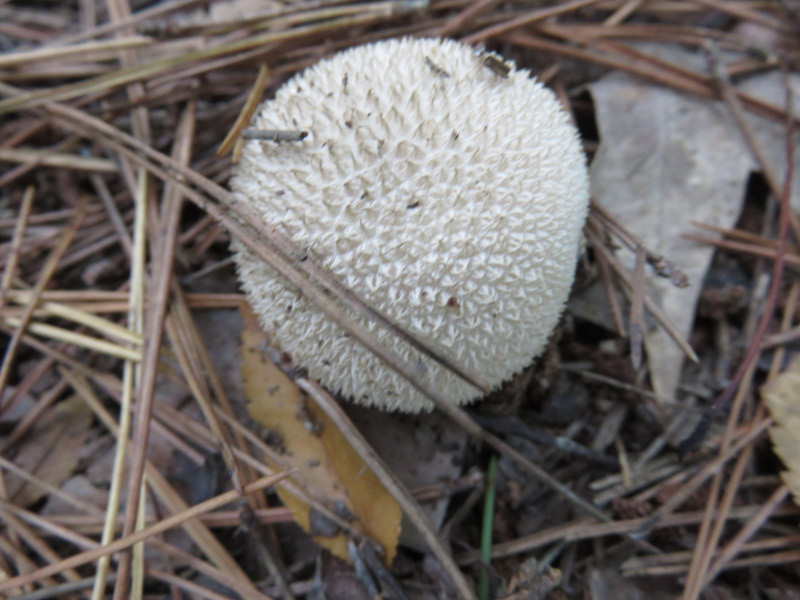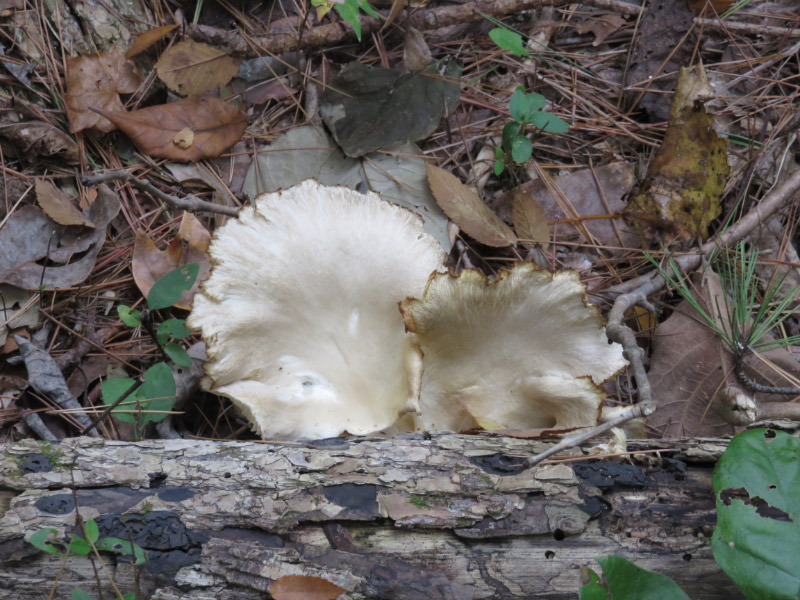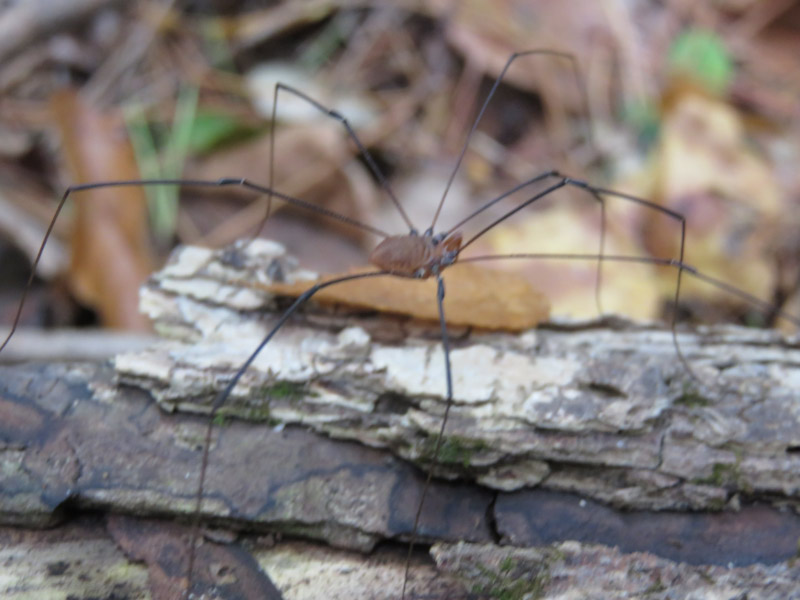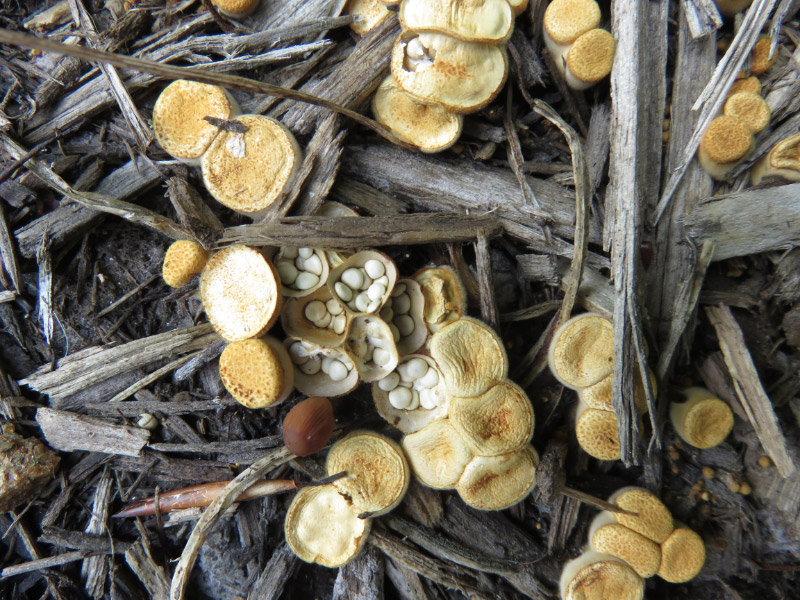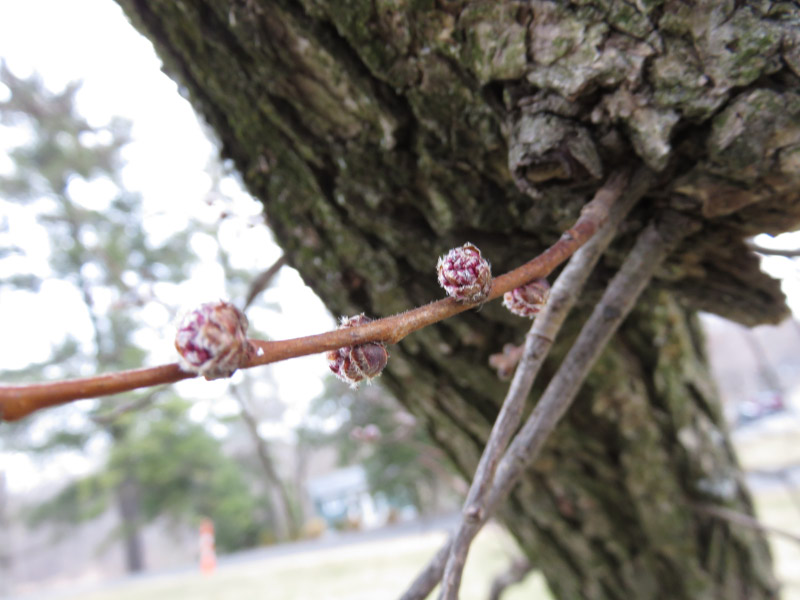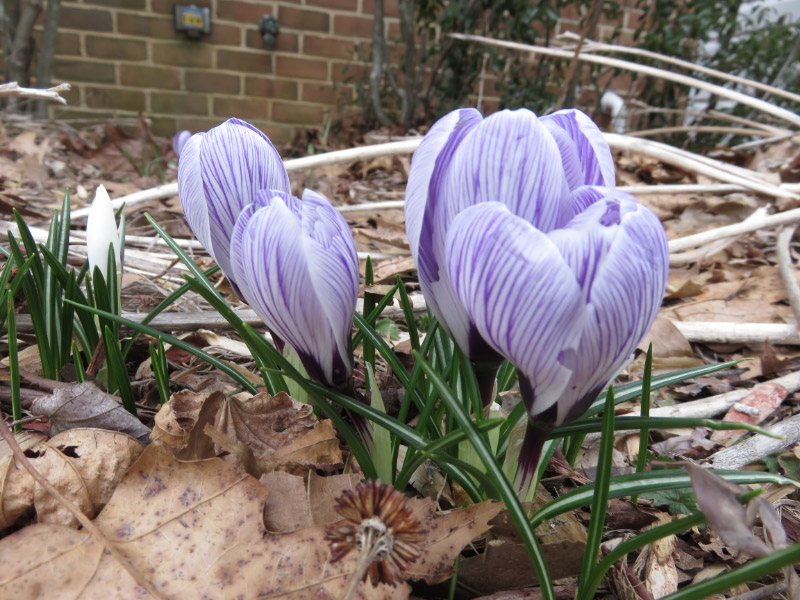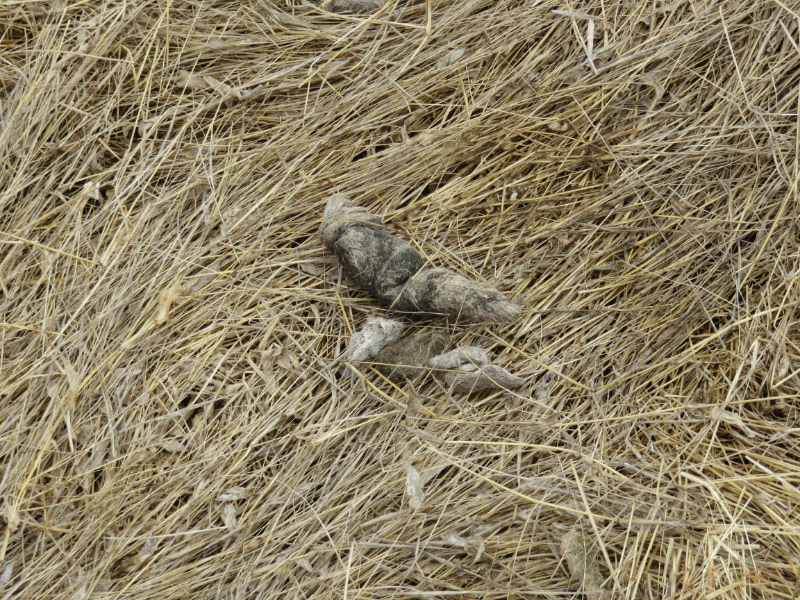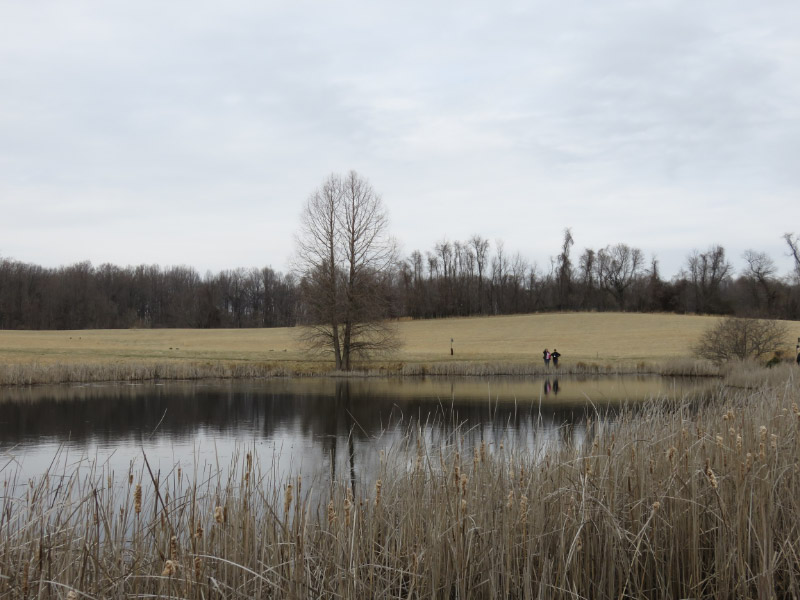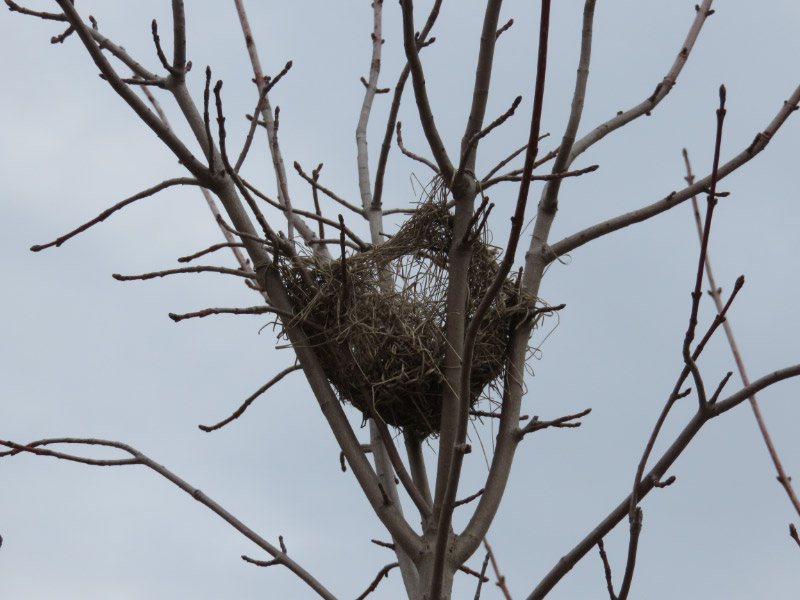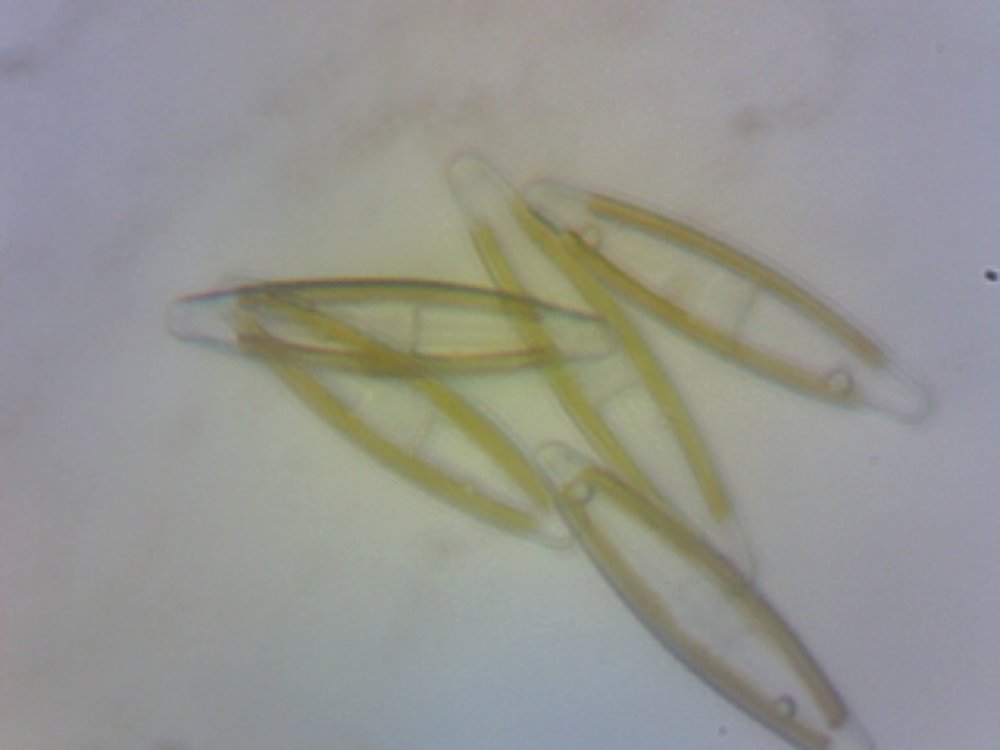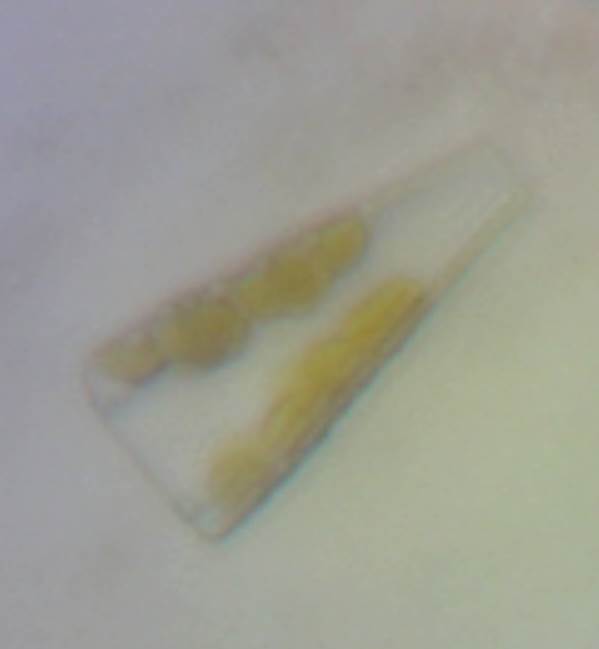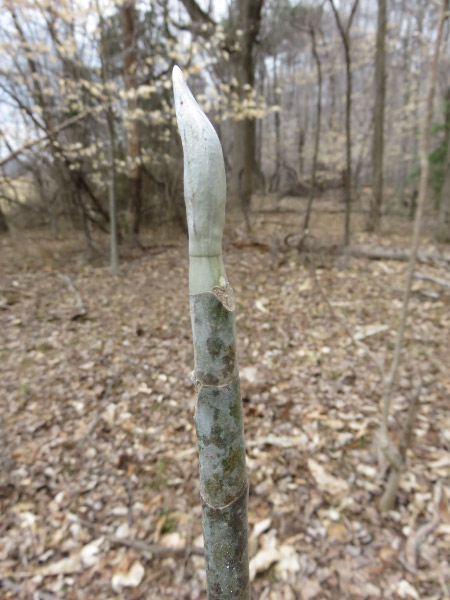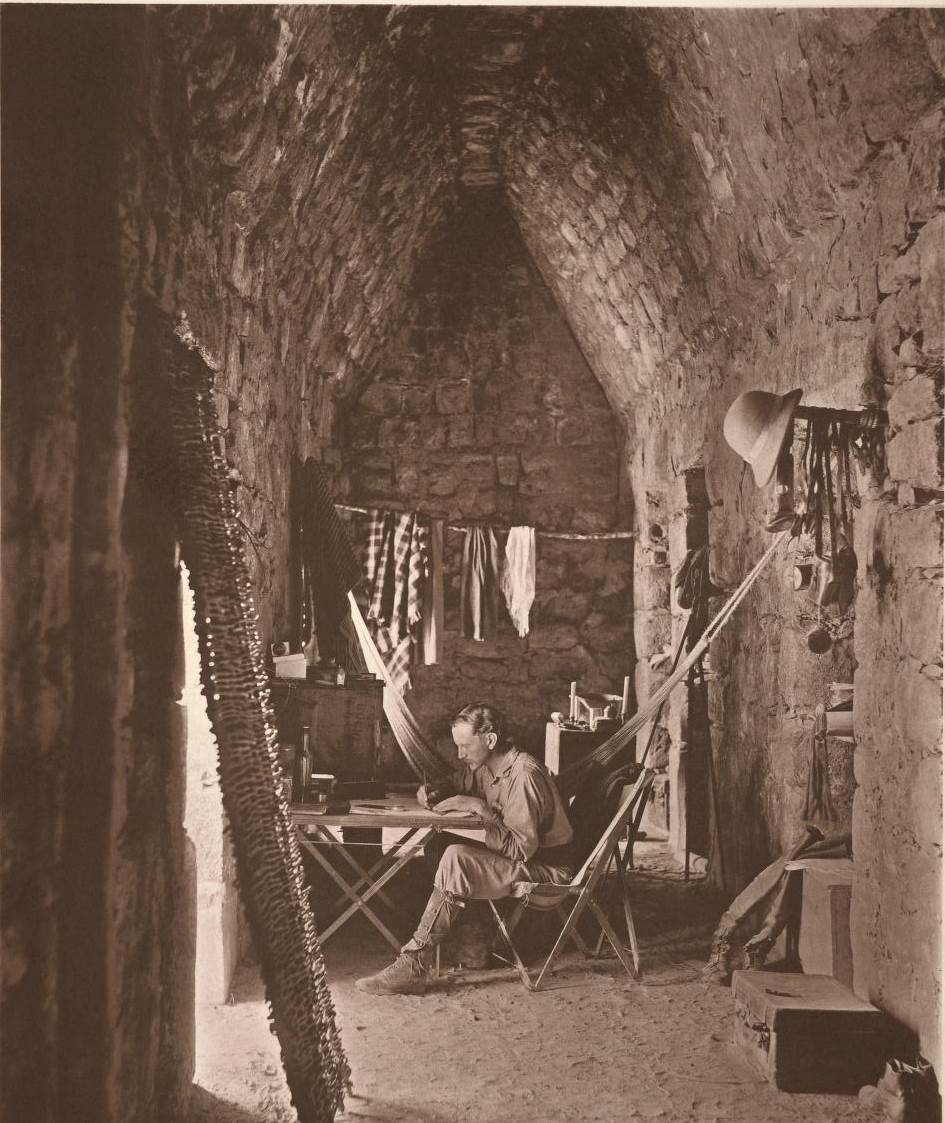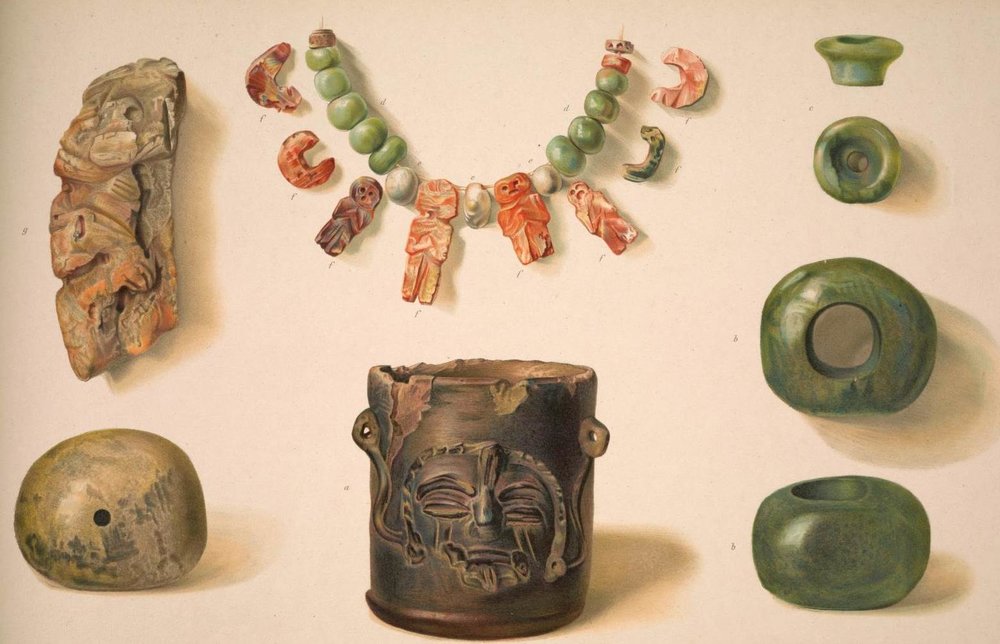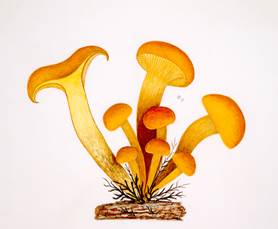Staunton River Star Party
/
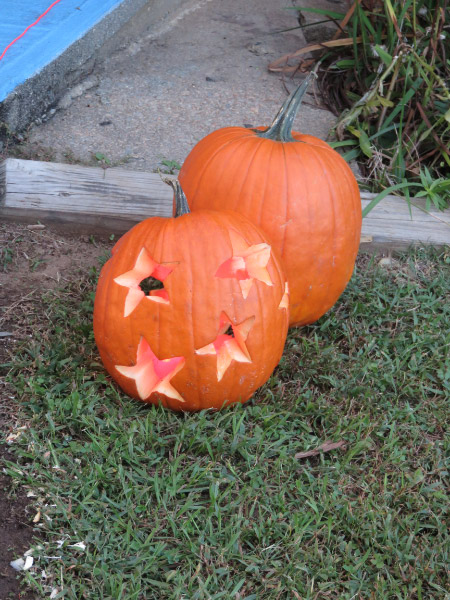 My husband and I spent last Monday and Tuesday at the Staunton River Star Party (held at Staunton River State Park). The park is an International Dark Sky Park….lots more stars visible than in the area where we live. The park prepared well for the event – with star party themed jack-o-lanterns, red cellophane on all windows were white light my leak, and paths marked with red snake lights or small red LEDs on stakes.
My husband and I spent last Monday and Tuesday at the Staunton River Star Party (held at Staunton River State Park). The park is an International Dark Sky Park….lots more stars visible than in the area where we live. The park prepared well for the event – with star party themed jack-o-lanterns, red cellophane on all windows were white light my leak, and paths marked with red snake lights or small red LEDs on stakes.
The observing field already had a lot of people setting up by the time we got there but we managed to get a spot that was close to one of the electrical hubs – good to be able to run equipment directly and/or easily recharge batteries during the day. We started to unpack and quickly discovered that we had forgotten our tent! Fortunately we did have the tent-like cover for the back of our SUV and some extra tarps. My husband and I managed to sleep inside the car on an air mattress (it helped that he was observing until the wee hours of the morning since the space was a narrow enough that we could only roll over in unison)!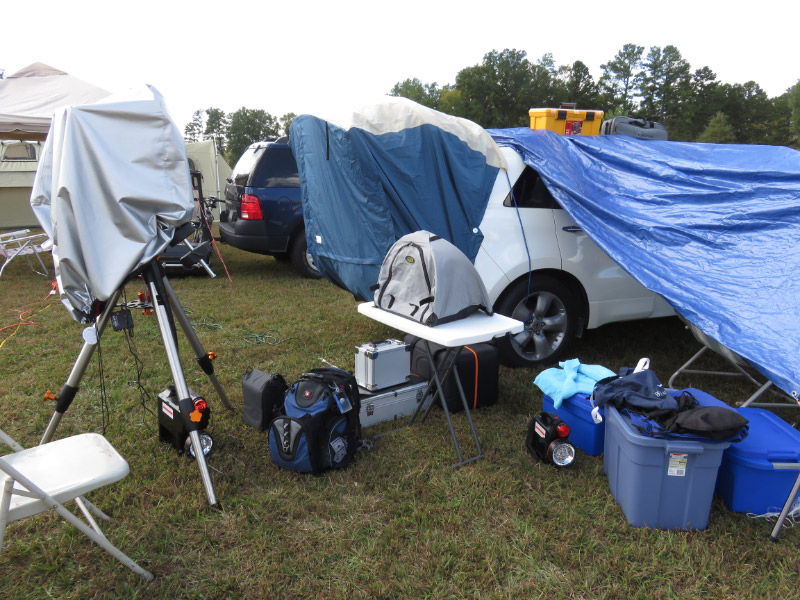
We tied one side of a tarp to the roof rack and used tripods we had brought for our cameras to hold the corners away from the car. The wind came close to knocking the tripods over before we hung heavy equipment bags as weights. Having the tarp helped during the day when it got a bit warm in the bright sunshine.
I took sunrise and sunset pictures too: Sunrise on Tuesday morning. Note the various tents, trailers, awnings and cars…the whole field looked like this with a lattice of drive lanes to provide just enough organization so vehicles could get in and out.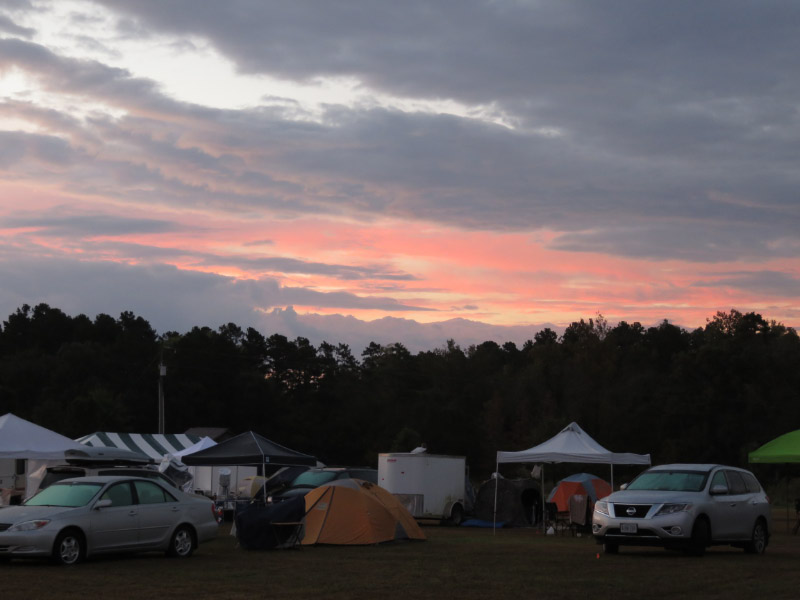
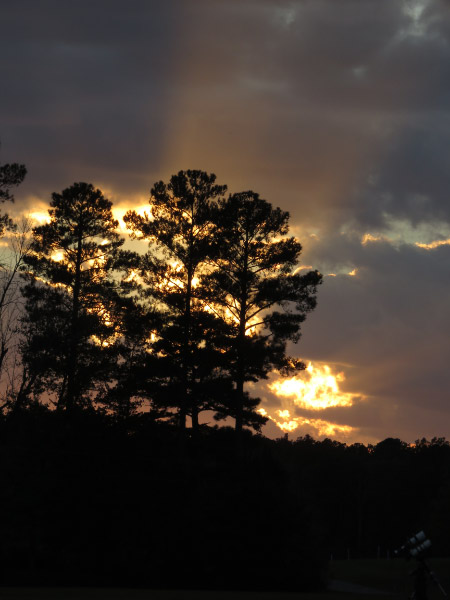 Sunset on Tuesday evening. There were enough clouds at sunset that everyone was looking around for signs of clearing…and it did by the time it was fully dark.
Sunset on Tuesday evening. There were enough clouds at sunset that everyone was looking around for signs of clearing…and it did by the time it was fully dark.
Sunrise Wednesday morning – a few hours before we left. There were quite a few crows greeting the sun and they seemed to like the bare tree – stopping there before moving about and sometimes coming back to perch again for a little while.
The clouds on that last morning looked like they were losing part of themselves as they floated into morning.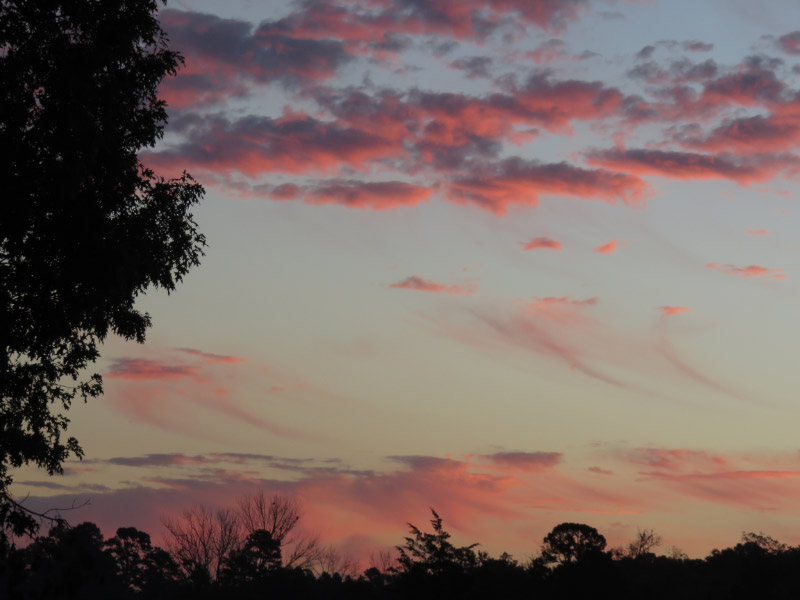
 The dew was heavy both nights we were at the star party and people generally called it a night before 3 AM. Those that did not have heaters to keep condensation off their mirrors had to stop earlier. I took pictures walking around during the mornings when the telescopes were generally neatly covered.
The dew was heavy both nights we were at the star party and people generally called it a night before 3 AM. Those that did not have heaters to keep condensation off their mirrors had to stop earlier. I took pictures walking around during the mornings when the telescopes were generally neatly covered.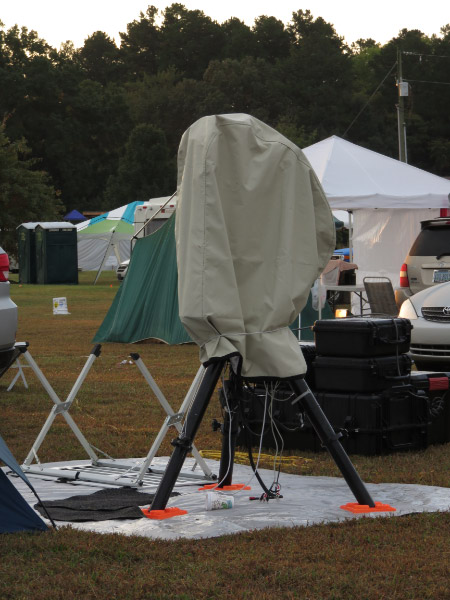

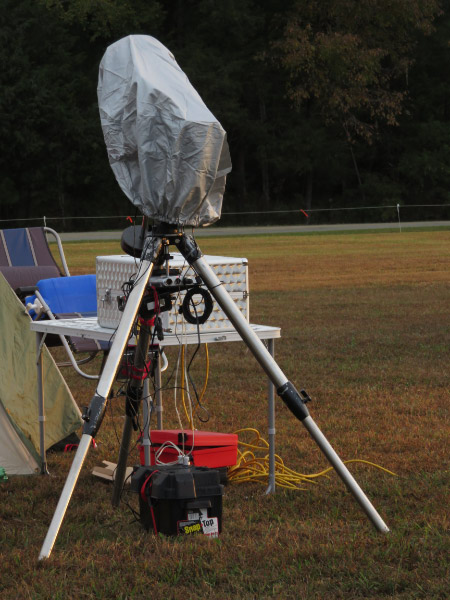

 I took one short hike and found more fungi than I expected. There were a few colorful trees as well. Otherwise – I was feeling relaxed and lazy with the flurry of star party activity going on all around me.
I took one short hike and found more fungi than I expected. There were a few colorful trees as well. Otherwise – I was feeling relaxed and lazy with the flurry of star party activity going on all around me.